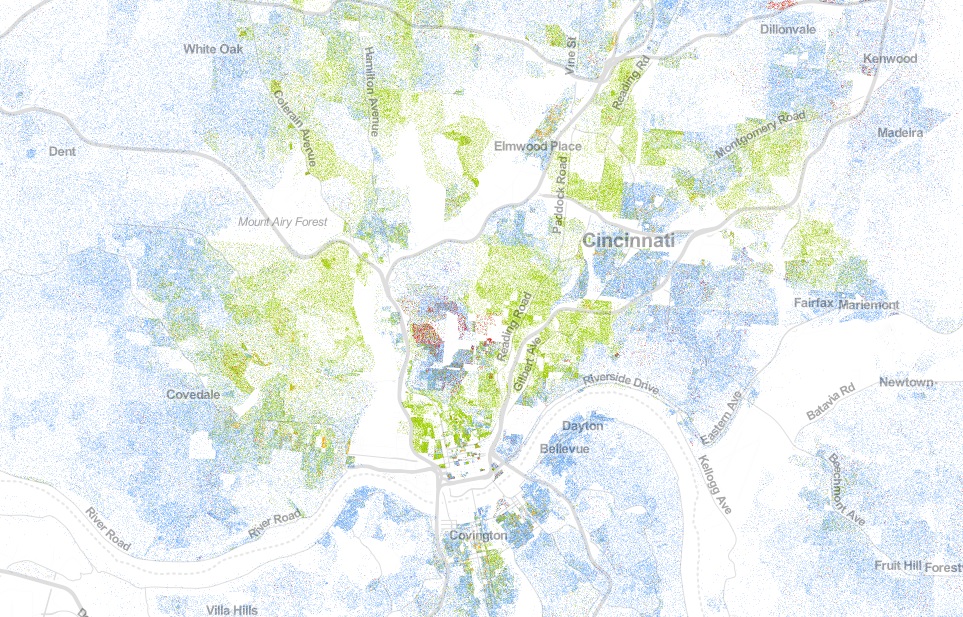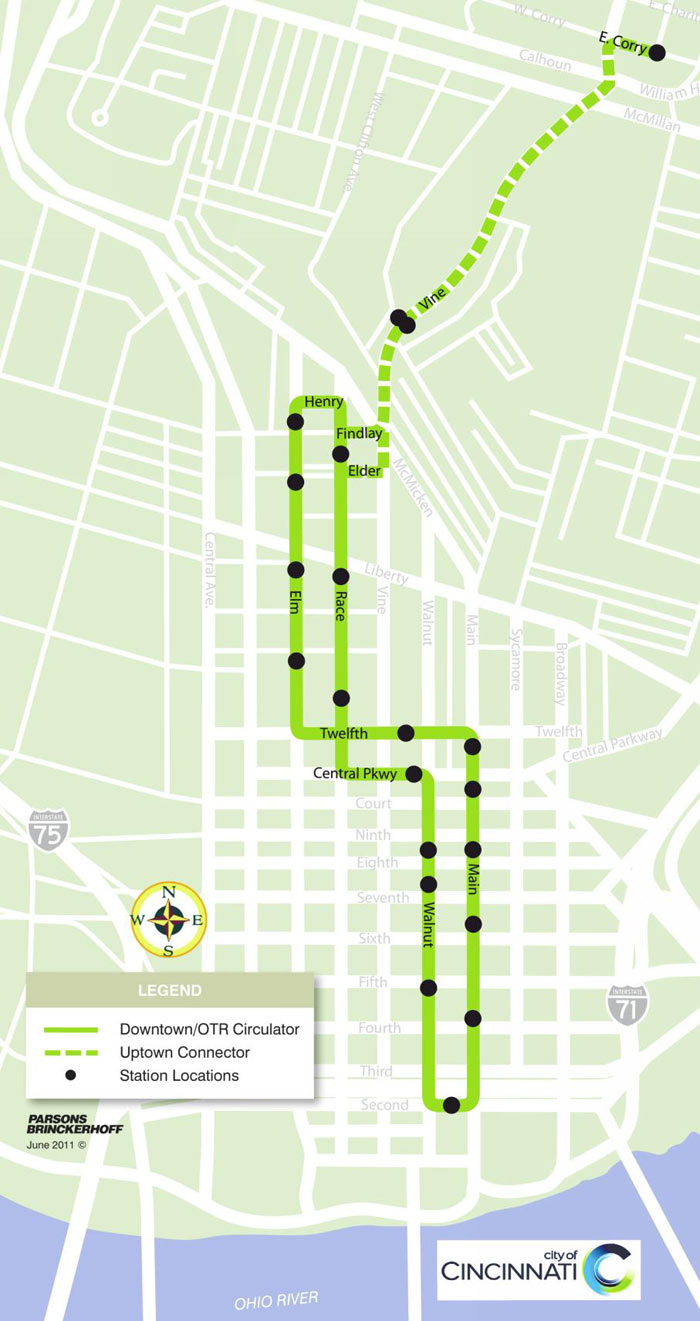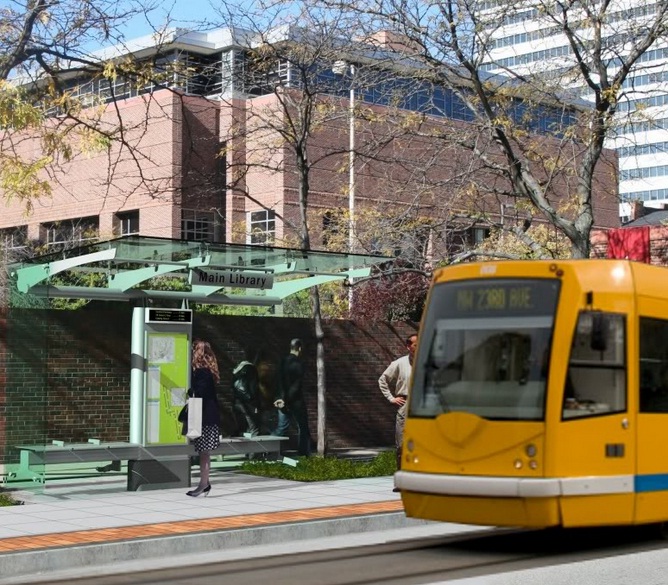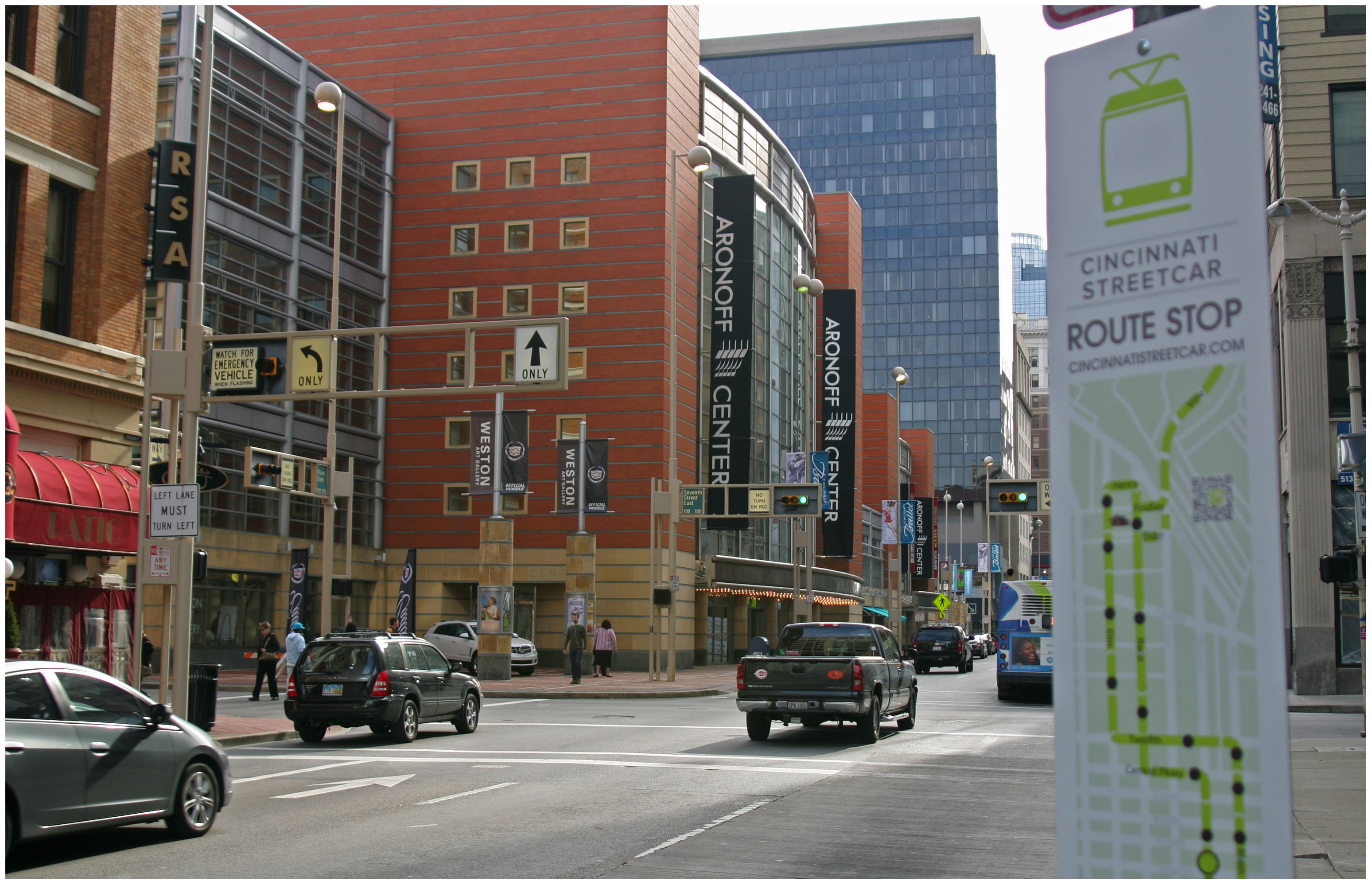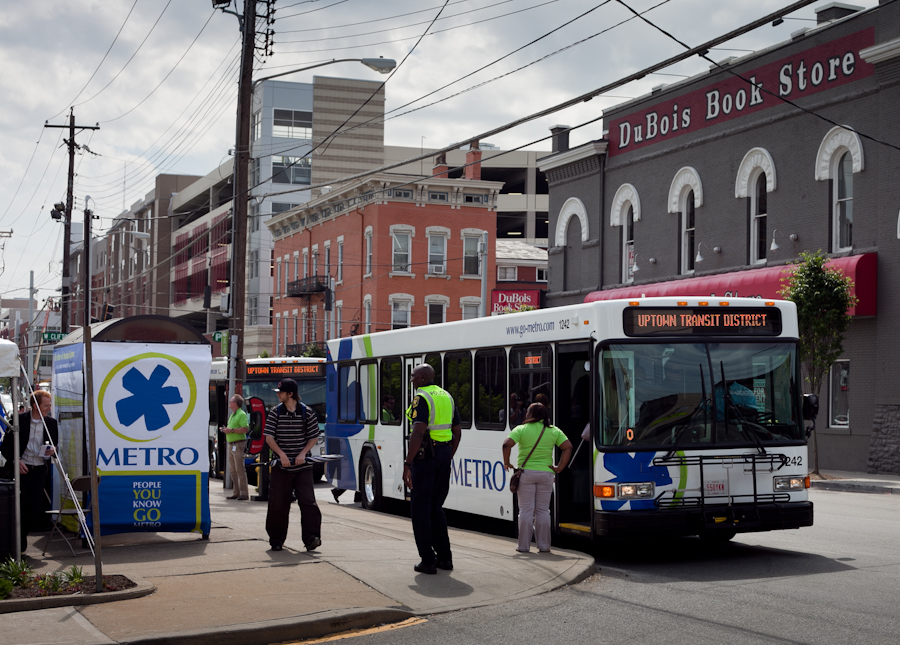There were many significant achievements and trouble spots for Mayor Mark Mallory (D) over his past eight years as the face for the 2.1 million person Cincinnati region. Perhaps one of his largest accomplishments, however, was changing Cincinnati’s image nation-wide from a city in decline to one that is on the rise and doing innovative things.
For the first time national publications began to look at Cincinnati for its accomplishments in public education, sustainable redevelopment, environmental policy and even transport.

Thanks in part to the aggressive marketing of Cincinnati by Mayor Mallory, new national chains like Yard House and Ruth’s Chris have begun filling store fronts throughout the city. Photograph by Randy Simes for UrbanCincy.
Each of these items involved a number of more detailed pursuits in order to make them happen. One of those pursuits was to attract new retail businesses to the region. In order to accomplish this, Mayor Mallory went on a full campaign touting the amenities and demographics Cincinnati has to offer.
After much work, the efforts started to yield fruit.
According to the mayor’s director of public affairs, Jason Barron, Mallory met personally with Potbelly (Downtown), Chipotle (Corryville, Downtown) and Panera Bread (Clifton Heights, Downtown) in an effort to get them to expand their presence inside city limits.
“We’ve been aggressive at national events for about six years now,” Barron explained. “We weren’t able to go this year in May, but Mayor Mallory has met with a number of these businesses over the years.”
The mayor also met directly with a number of other national chains in order to make the case that they open a location in Cincinnati. Those successes include Yard House (Downtown), Ruth’s Chris (Downtown), Orange Leaf (Clifton Heights, Downtown, Oakley, Westwood), Season’s 52 (Norwood), Capital Grill (Norwood), and Save-A-Lot (Roselawn).
For many of these businesses it was not only their first location in Cincinnati, but also their first in Ohio, Kentucky or Indiana. Barron says that it is thanks in part to the efforts made by Mallory on the road at events like the International Council of Shopping Centers (ICSC) annual meeting.
The efforts do require a bit of patience, as Barron says that not only has the administration been courting new businesses for years, they also believe that some of the benefits have yet to be realized.
“One of the things we’re always trying to do is create a buzz about Cincinnati to other leaders, businesses and investors,” said Barron. “The mayor’s making connections now that will pay off down the road.”
While the buzz can often times be attributed to the spirited Mallory, the mayor’s office is quick to point out that much of the heavy lifting has been done by local experts like Mark Fallon at Jeffrey R. Anderson. Most recently Fallon has been responsible for leasing both U Square at The Loop and The Banks.
More national brands appear to be on their way to Cincinnati, but the mayor’s office refuses to speak about the deals before they are finalized. But in addition to new restaurants and bars, Cincinnatians might expect to see other businesses opening up shop in the Queen City over the next one to two years.
Certainly chain restaurants are not the only retailers Cincinnati has been lacking, but the outside investment is certainly welcome. The next step will be to attract more clothing retailers to the city, and to expand the base of independent shops around town.
But luckily, as people close with the mayor might say, the buzz is starting to take shape.

